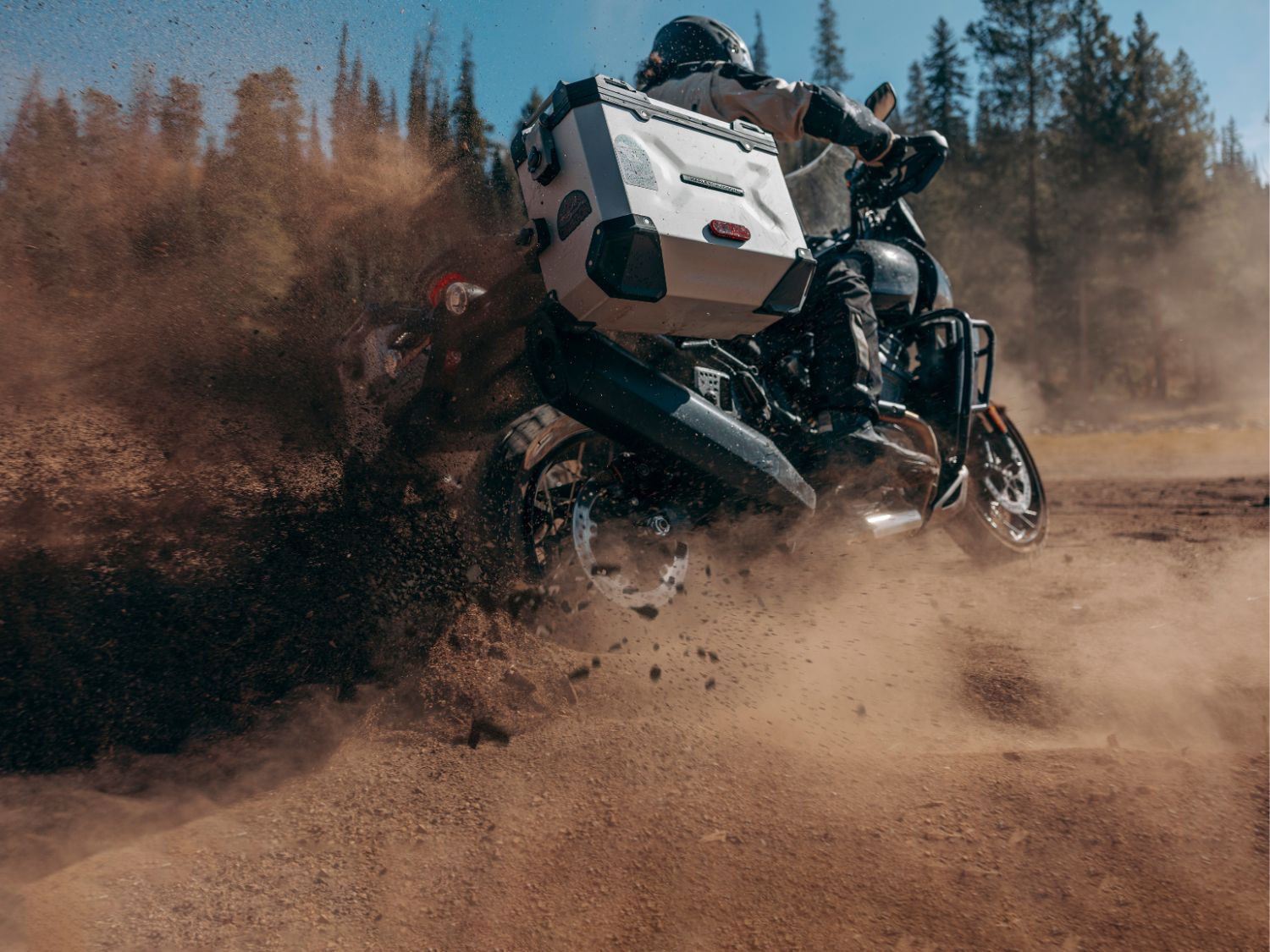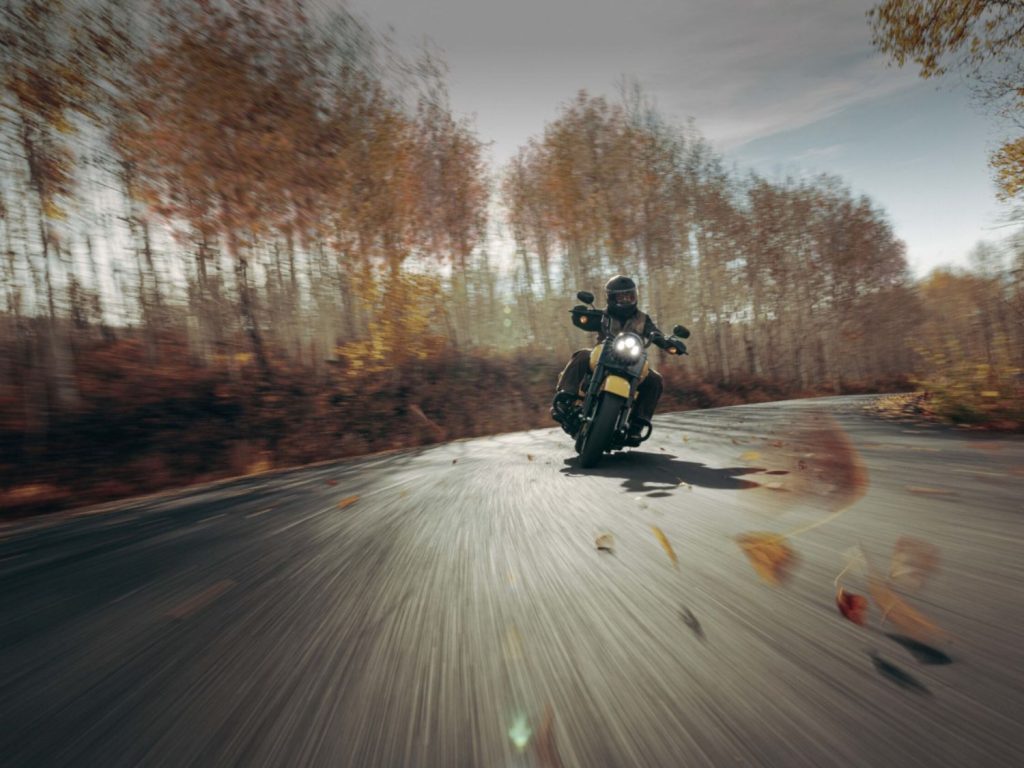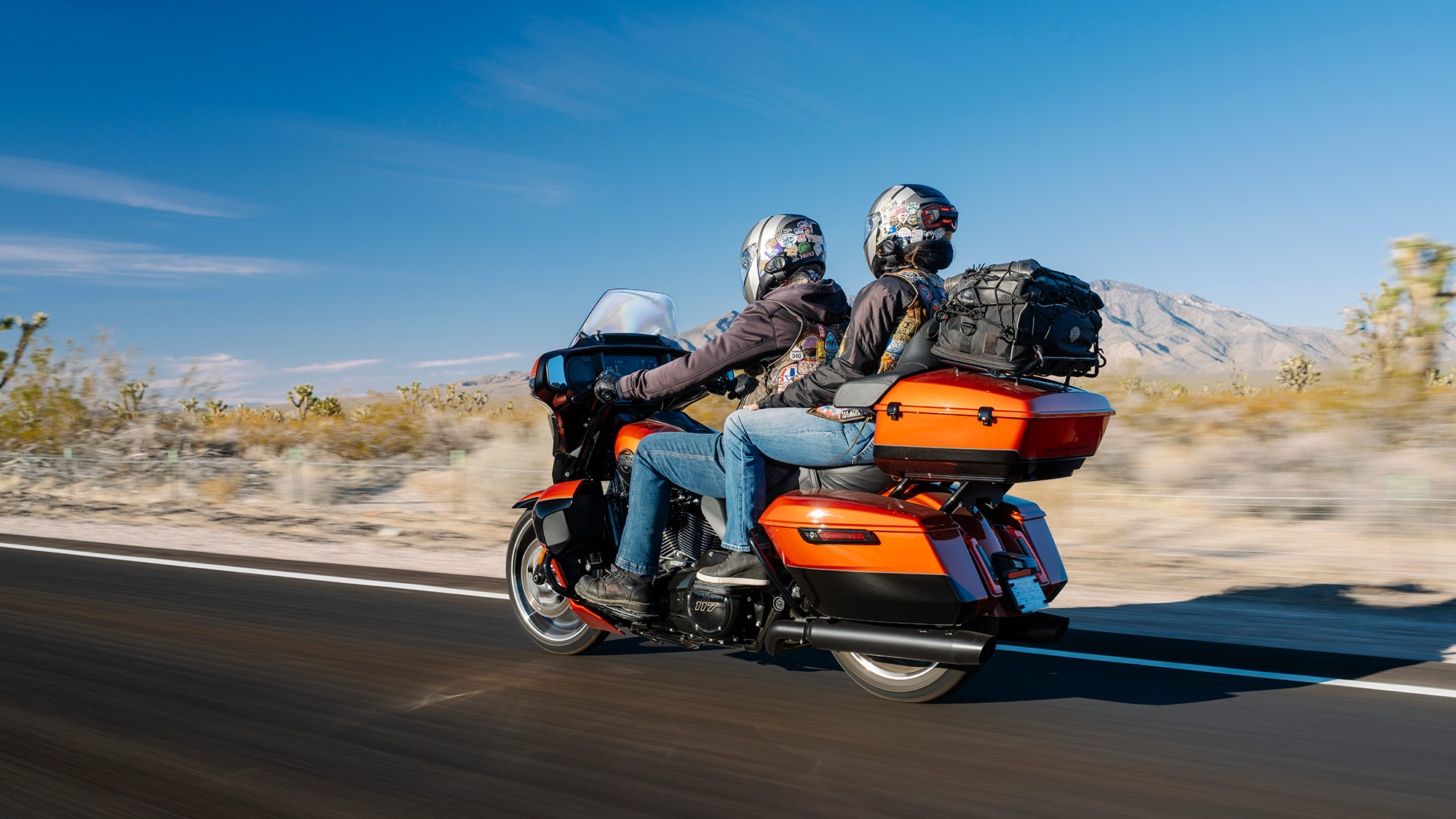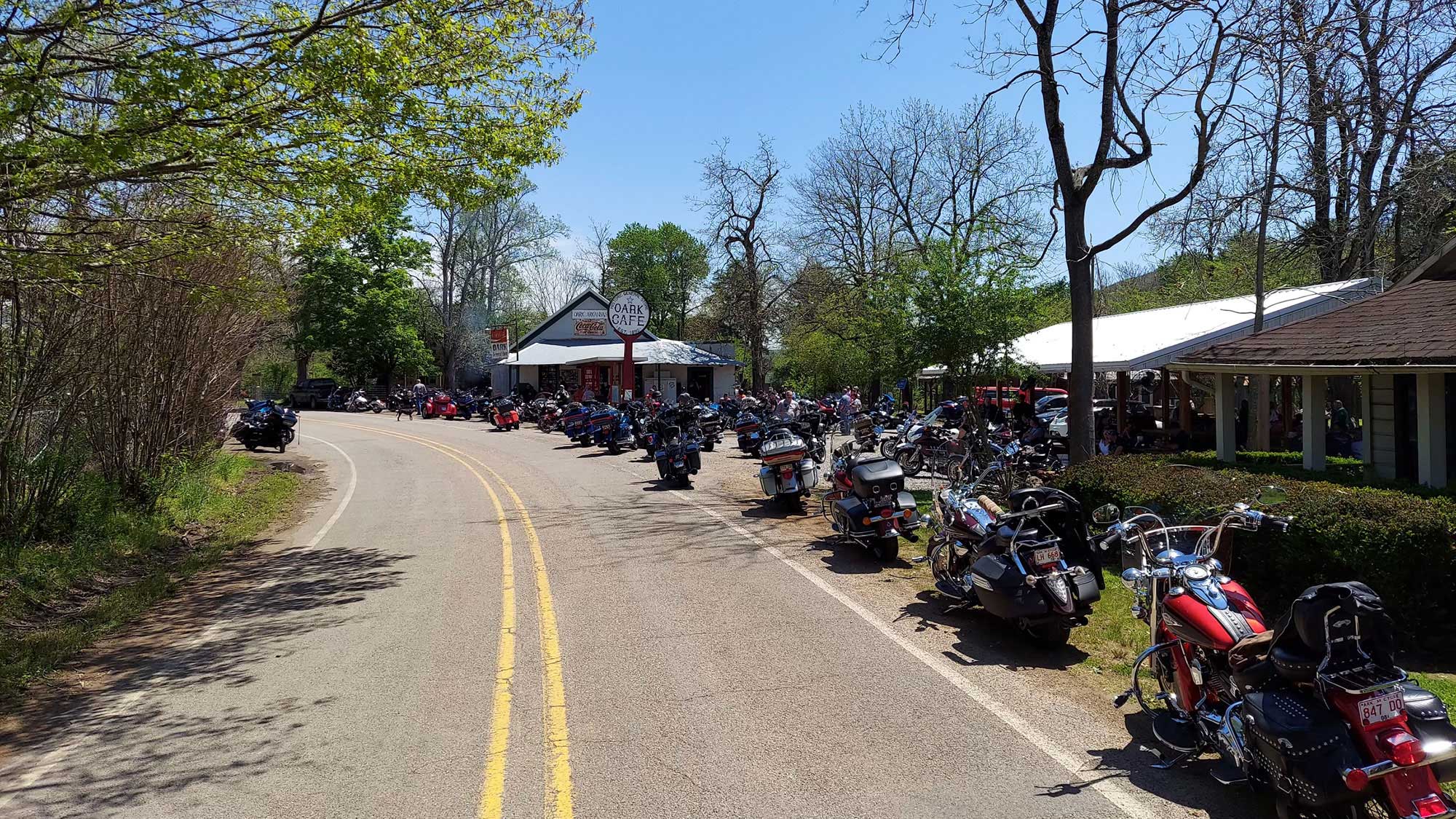
TALKING TRACTION
Here’s a ‘gripping’ story about traction – the connection between your tyres and the road
WORDS BY RAY PETRY
Motorcycles have smaller contact patches on the road surface than automobiles. This means that understanding changes in traction is critically important in staying upright and headed in the intended direction.
Traction can be thought of as a pie chart. There are four ‘slices of pie’, if you will: one for acceleration forces, one for deceleration forces, one for cornering forces, and the last is known as a traction reserve – a safety margin that should not be dipped into. At any moment while riding, you’re likely using traction from one or more of these categories.
Let’s examine them more closely. Accelerating consumes traction, and today more than ever the horsepower on tap is impressive. With most motorcycles, rolling on the throttle aggressively uses a lot of available traction. Cornering consumes traction; curvy roads and aggressive riding can really put traction to the test. And braking forces, the most powerful of them all, can overwhelm traction. Mixing two of these, like accelerating and cornering, or braking while cornering, can consume more than the available traction and result in a spill. With all three of these categories, being smooth with the controls is an important skill for operating a motorcycle, that is giving the ‘load’ on the tyres a chance to transfer or put more load on that contact patch to increase the connection between vehicle and roadway. Today we have sophisticated systems to help us with traction, an antilock braking system (ABS) being the most common – but ABS only helps with heavy braking. Newer motorcycles now often include traction control to manage traction beyond the braking situation.

Now what about that last slice of traction pie: the reserve? Well, that’s exactly what it says, so reserve this for when there’s less traction than you think. The biggest problem with traction is we never really know how much is available and how much we’re using. Since there’s no gauge for how much is there, we can only make assumptions.
So far we’ve only talked about our use of traction; now let’s apply that to the road surface. Even if you’re comfortable with how your motorcycle and tyres feel while accelerating, cornering and braking, the road surface can hold some surprises that provide less traction than you might expect. Let’s look at some common traction traps and ways to conserve traction. In each of these situations, avoidance is best, but what about when you have no choice other than to cross that slick area? In that case, it’s best to cross in a ‘neutral condition’, that is no acceleration, deceleration or cornering forces to consume traction. That includes engine braking, so just pull in the clutch and cross straight up, and you’ll stand the best chance of getting through shiny side up.
Oil and moisture. Even on dry, sunny days traction can change unexpectedly. A common situation involves oil spots and moisture left from automotive air conditioners. These are usually problematic in areas where vehicles stop, like at intersections, tollbooths (remember those?) and by fuel pumps. This can be very slippery not only to tyres but to the rider, too. Stopping and putting your foot down on a mix of motor oil and moisture can make for an unexpected fight to remain upright. Be vigilant for these dark patches of slickness and avoid them when possible.
Morning dew. Nope, it’s not a hip, new beverage – it’s an invisible layer of moisture on the road surface, and until it burns off with the sunrise it adds a slick coating that greatly reduces available traction, so rider beware. Limit your input to the controls to reserve extra traction to account for this slippery condition.
Painted and laminated traffic markings. You’ve seen these at intersections, traffic circles and even on highway lanes. A painted surface holds less traction than unmarked pavement. Some jurisdictions use plastic laminations that are bonded to the road surface. Painted and laminated markings are both slick when wet, so avoid these when possible.
Mud. A construction zone or previously flooded area might have a layer of mud on it; this is a situation to treat like ice. Your best action when you can’t avoid it altogether is to slow down before reaching the affected area, pull in the clutch and coast across.
Grass clippings. Directing grass clippings onto a roadway, although outlawed in many jurisdictions, is still something that happens, so scan ahead and identify this hazard before you get onto it. If unavoidable, cross in a neutral manner, reserving extra traction for making it across safely.
Rain. The first 15 minutes of a rainstorm are the most treacherous, as oil that may have built up on a road surface floats to the top, making for extra-slippery conditions. Get off the road and take a few minutes to get into your rain gear. This allows that oil to drain away and traction to improve.
The takeaway is that scanning the road ahead should include considering the road surface and what it might hold. Remember, in any lane there are three ‘sub-lanes’ that motorcyclists use, and while the strategy of moving between these is mainly about seeing and being seen, it’s also useful for avoiding surface conditions, including low-traction situations. Unlike four-wheeled vehicle operators, motorcyclists must manage traction actively, and this can entail changing lanes to find the driest surface, avoiding oil in the centre of a lane or even selecting a lane that’s in better condition.
Remember, aggressive riding can overwhelm traction, but unskilled riding can do the same. Being smooth on the controls versus snatchy and grabby gives the motorcycle suspension and tyres the ability to make the most of the available traction. Smooth, gradual changes to cornering, accelerating and braking inputs are the best way to avoid breaking traction with the road.
Ray Petry is a Certified Riding Academy Coach and a member of the Riding Academy™ team at Harley-Davidson Motor Company, headquartered in Milwaukee.
Tags:
Read more tales from the Harley Owners Group!
Events calendar
superscript subscriptFrom multi-day rallies to regional and touring rallies, there’s something for everyone in the coming year
New riding routes for 2025: part four
As part of RIDE 365, we select a handful of U.S. destinations each year that are famed for their riding experiences and reward members for completing them. We have 15 great rides for 2025—here are the next three…


